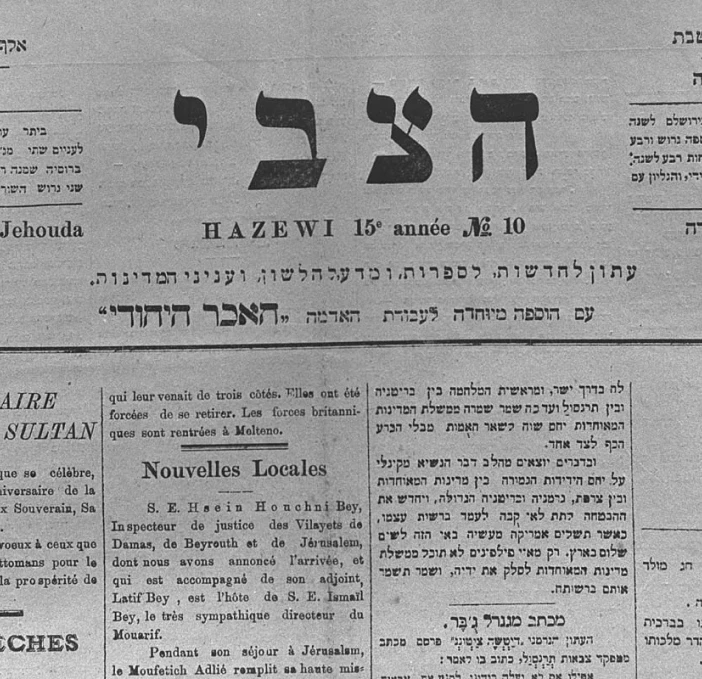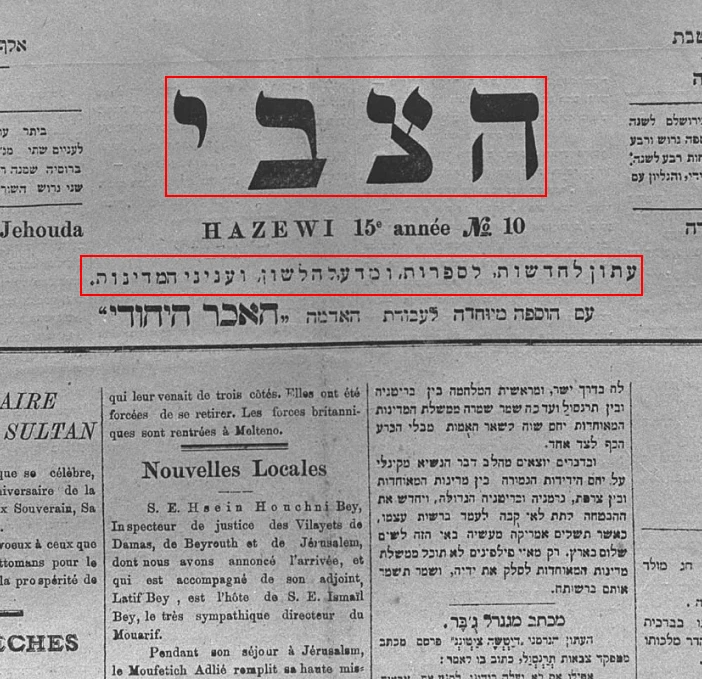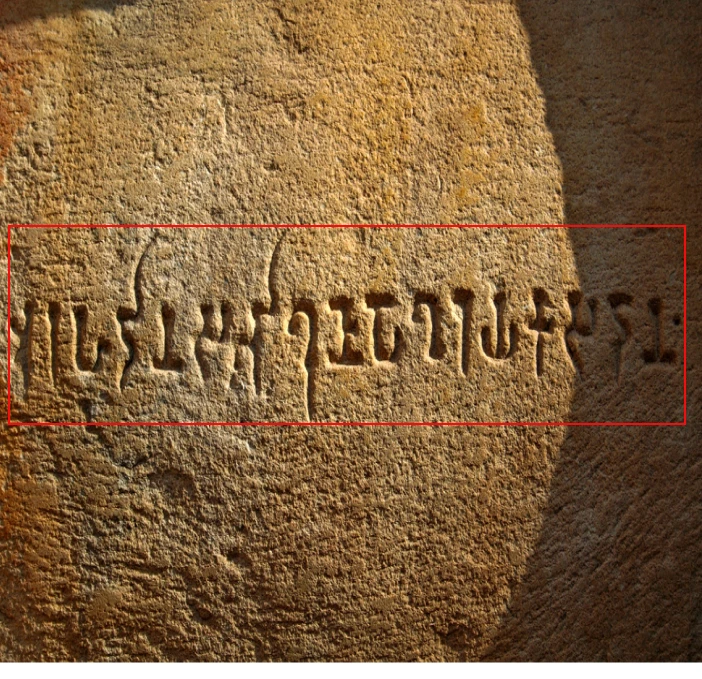Hebrew Text Files Dataset
Home » Case Study » Hebrew Text Files Dataset
Project Overview:
Objective
Our mission was to assemble an extensive collection of Hebrew text files, meticulously annotated to train sophisticated natural language processing (NLP) models. These models are aimed at revolutionizing text analysis, translation, and contextual understanding in various applications, from customer service automation to literary analysis.
Scope
We embarked on a comprehensive project to develop a dataset specially focused on the intricacies of the Hebrew language. This involved gathering text from diverse sources, ensuring a rich variety of linguistic structures and vocabularies.




Sources
- Literary Works: Collected over 30,000 pages from classic and contemporary Hebrew literature.
- Online Articles: Sourced 25,000 pages of varied online content, including news, blogs, and educational materials.
- Official Documents: Added 15,000 pages from government and legal documents to ensure formal language representation.



Data Collection Metrics
- Total Pages Collected: 70,000
- From Literary Works: 30,000
- Online Articles: 25,000
- Official Documents: 15,000
Annotation Process
Stages
- Linguistic Annotation: Each text file underwent detailed linguistic analysis, marking syntax, grammar, and semantic structures.
- Cultural Context: Annotations included cultural and historical contexts, crucial for understanding idiomatic and colloquial expressions.
- Dialectical Variations: Special focus on annotating dialectical differences within Hebrew, capturing regional and temporal variations.
Annotation Metrics
- Pages Annotated: 70,000
- Cultural Context Annotations: 70,000
- Dialectical Variations Noted: 70,000




Quality Assurance
Stages
Continuous Accuracy Evaluation: Regular assessments of the annotated dataset to ensure high linguistic accuracy.
Privacy and Ethics: Strict adherence to ethical guidelines, ensuring all collected texts comply with privacy standards and copyright laws.
Community Engagement: Collaboration with Hebrew language experts and native speakers for ongoing feedback and refinement.
QA Metrics
- Dataset Accuracy: 99.2%
- Annotation Consistency: 98.9%
- User Feedback Satisfaction: 95%
Conclusion
This project has set a new standard in the field of Hebrew text analysis. Our comprehensive dataset and meticulous annotations provide an invaluable resource for developing cutting-edge NLP models. This initiative not only enhances text processing capabilities but also contributes significantly to the preservation and understanding of the Hebrew language in the digital era.

Quality Data Creation

Guaranteed TAT

ISO 9001:2015, ISO/IEC 27001:2013 Certified

HIPAA Compliance

GDPR Compliance

Compliance and Security
Let's Discuss your Data collection Requirement With Us
To get a detailed estimation of requirements please reach us.
